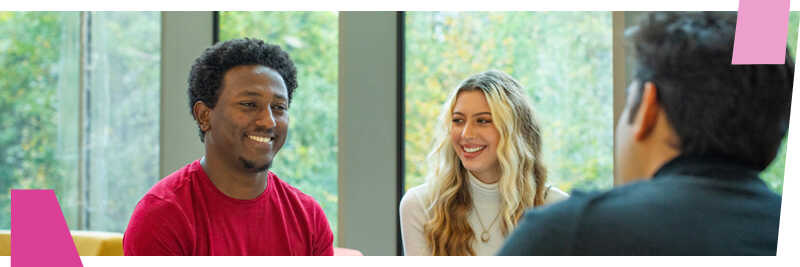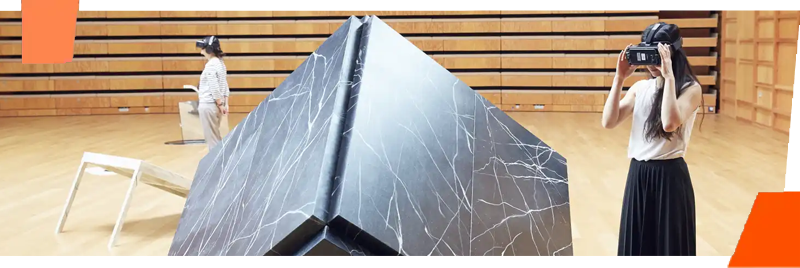
Professor Catherine Waters from the School of English comments on the sale of a letter at auction written by Charles Dickens detailing the aftermath of a train crash in Staplehurst, Kent.
‘The letter by Charles Dickens to Madame Pauline Viardot, dated 16 August 1865 and sold at auction, gives further evidence of the post-traumatic stress Dickens suffered following the railway accident at Staplehurst in which he was involved at 3.30 pm on 9 June 1865.’
‘The story of the rail crash is well known. Dickens was returning from a holiday in France with Ellen Ternan (the actress for whom he had left his wife Catherine), and her mother, when the South Eastern train in which they were travelling from Folkestone to London derailed while crossing a viaduct near Staplehurst in Kent. Ten passengers were killed and more than forty were injured.’
‘This letter underlines the fact that for Dickens, it was the horror of what he witnessed immediately after he extricated himself from the broken carriage, rather than the accident itself, that most upset him: ‘The scene was so affecting when I helped in getting out the wounded and dead, that for a little while afterwards, I felt shaken by the remembrance of it.’
‘It also indicates that the accident continued to affect him greatly afterwards. Dickens repeats to Madame Viardot what he had already told John Forster in a letter written in late June 1865, of his inability to travel by railway without experiencing a conviction ‘against the senses, that the carriage is down on one side’. But intriguingly, it adds gloss to the reassurance he had already given to his friends that he had suffered no physical injury – ‘no personal injury whatsoever’– by means of a strange comment about his watch: ‘My watch (which is curious) was more sensitive, physically, than I; for it was some few minutes slow for some few weeks afterwards.’
‘This anecdote, in which Dickens’s watch seems to take on a capacity for affect and suffer an aftershock in sympathy with the shaken nerves of its owner is thoroughly Dickensian. It gives animate life to the inanimate and is worth the purchase if only for this one sentence.’
Colleagues who would like to engage with the media or learn more about media training or the University in the news should contact the Press Office on 3985 or pressoffice@kent.ac.uk




